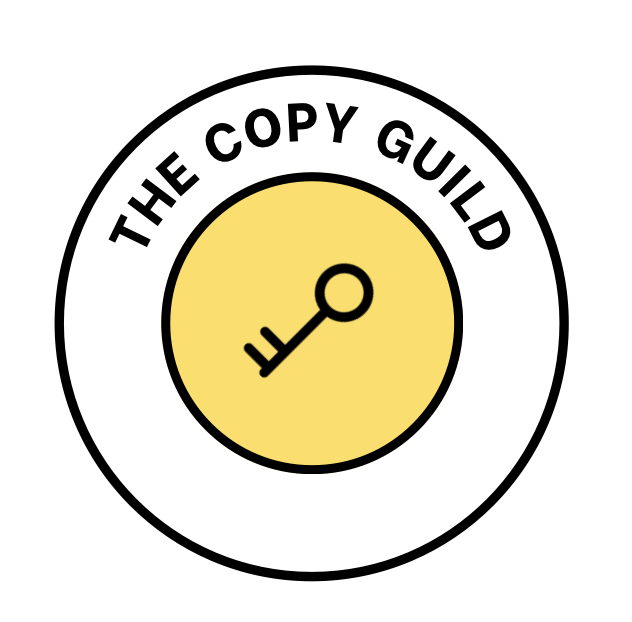The First 90 Days: Finding the Story That Earns Trust
When a senior leader steps into a new role, they face one universal challenge: “How do I articulate who I am, what I stand for, and what I’m here to do — in a way that earns trust fast?”
It sounds simple, but it’s one of the hardest parts of leadership transition.
In those early weeks, everything is in flux. People are watching closely. The old stories of “how things are done” still echo through the corridors, while your new vision hasn’t yet taken hold. You’re expected to communicate strategy, inspire your team, reassure stakeholders, and make confident decisions — all before you’ve had time to find your footing.
A story about unlearning old rules
Not long ago, I watched a Director of Marketing and Communications step into a new consultancy role after a long career in large, traditional public organisations. She was bright, experienced, and well-intentioned — but within weeks, she found herself struggling to fit in. Her instincts, shaped by years in hierarchical systems, told her to take control, to manage tightly, to prove her authority. She relied on the polished language and formal tone that had once earned her respect.
But this new environment valued something different: authenticity, compassion, and adaptability. Her old habits — shaped by organisations that talked about serving the public but often failed to truly listen — didn’t translate.
Employees grew wary. Managers hesitated. A culture clash emerged.
The problem wasn’t her capability — it was her narrative. She was still speaking the language of the past, rather than the story of who she had become and what this new chapter required of her.
When she finally slowed down, leaned into her authenticity, and allowed herself to be seen — not as the “perfect professional,” but as a human leader learning new ways of working — everything shifted. Her team began to trust her again. The tone softened. Conversations opened. Ideas emerged. Solutions abounded. Work flourished.
Hard-edged authority didn’t earn her respect; transformation and willingness to change did.
And that’s the heart of this work: leadership isn’t about control, it’s about alignment and coherence. People follow alignment. They follow stories of growth and transformation. Transformation, after all, is the hero’s journey; the hero who transforms so that he aligns with both his inner truth and the needs of the world he operates in.
The invisible work of leadership
Behind every effective leader is a story that makes sense of what they’re doing. Not a press release. Not a vision statement. A coherent narrative that connects who they are with where they’re taking the organisation. This can be made up of short internal communications, meeting agendas and even slack messages. Crucially, everything a new leader says and does needs to link back to their core story, their ‘why’.
This ‘why’ is a core list of brand qualities they are hinging their work on.
For Steve Jobs, it was beauty, simplicity, and rebellion — the belief that technology should not just function, but feel human. Every product launch, keynote, and internal memo reflected that conviction. The “why” wasn’t a slogan on a wall; it was embedded in how he spoke, how he made decisions, and how he inspired others to think differently.
The same applies to any new leader stepping into a role. Your “why” isn’t found in a strategy deck. It’s the quiet consistency that threads through how you run a meeting, how you respond under pressure, how you shape your team’s priorities. It’s the internal compass that helps others understand not just what you’re doing, but why it matters.
When everything you say and do connects back to that core story, people start to see coherence. They begin to trust not just your message, but your intent. And that’s when leadership communication stops being performative — and becomes powerful.
Leaders who do this well tend to:
Establish credibility and influence quickly.
Unite their team behind a shared direction.
Communicate clearly with investors, customers, or the board.
Translate strategy into something that feels real.
Those who don’t risk losing time and trust to confusion and mixed signals. The gap isn’t one of skill — it’s one of story.
Beyond storytelling: building narrative architecture
At The Copy Guild, we don’t just “tell stories” or write copy. We help leaders build the narrative architecture that supports everything else they need to do.
That means creating a throughline that connects your personal leadership story to your strategic intent, your culture, and your everyday communication.
It’s not just about polishing your message — it’s about aligning it with who you truly are. When your words, actions, and values line up, people know what to expect from you. That’s where trust begins.
The 90-Day Narrative
That’s why we created The 90-Day Narrative: a focused advisory for new senior leaders who want to establish clarity and confidence early.
Over four to six weeks, we help you:
Articulate who you are, what you stand for, and where you’re taking the organisation.
Develop 3–5 “anchor stories” for your team, your board, and your customers.
Shape your early communications — from all-hands notes to LinkedIn posts — so your vision feels both strategic and human.
The result is a leadership narrative that feels authentic, consistent and adaptable. Something that helps you earn trust, faster.
Because people don’t just follow strategy — they follow story
In the end, the first 90 days aren’t about proving you’re right. They’re about showing people who you are.
When your story is clear, people know where to place their confidence. And when your words match your intent, your influence grows naturally.
At The Copy Guild, we help you build that bridge — between vision and understanding, between leadership and trust. Get in touch with us if you want to more.

